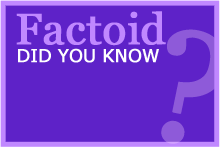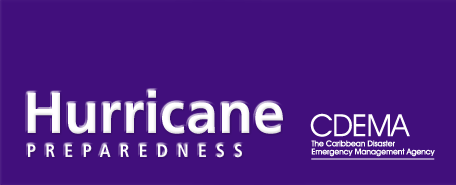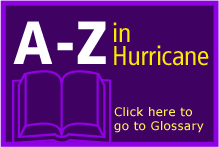|
|
| Prevention and Mitigation Measures |
Risk AssessmentThe evaluation of risks of tropical cyclones should be undertaken and illustrated in a hazard map. The following information may be used to estimate the probability of cyclones which may strike a country.
Land Use ControlThis is designed to control land use so that the least critical facilities are placed in most vulnerable areas. Policies regarding future development may regulate land use and enforce building codes for areas vulnerable to the effects of tropical cyclones. For example, in coastal areas, regulation can stipulate maximum building heights, types of land and occupant density. Another option includes the purchase of vulnerable areas by government for use of parks, sports facilities and open grazing land. Flood Plain ManagementA master plan for flood plain management should be developed to protect critical assets from flash, riverine and coastal flooding. Reducing Vulnerability of Structures and Infrastructures
|


























